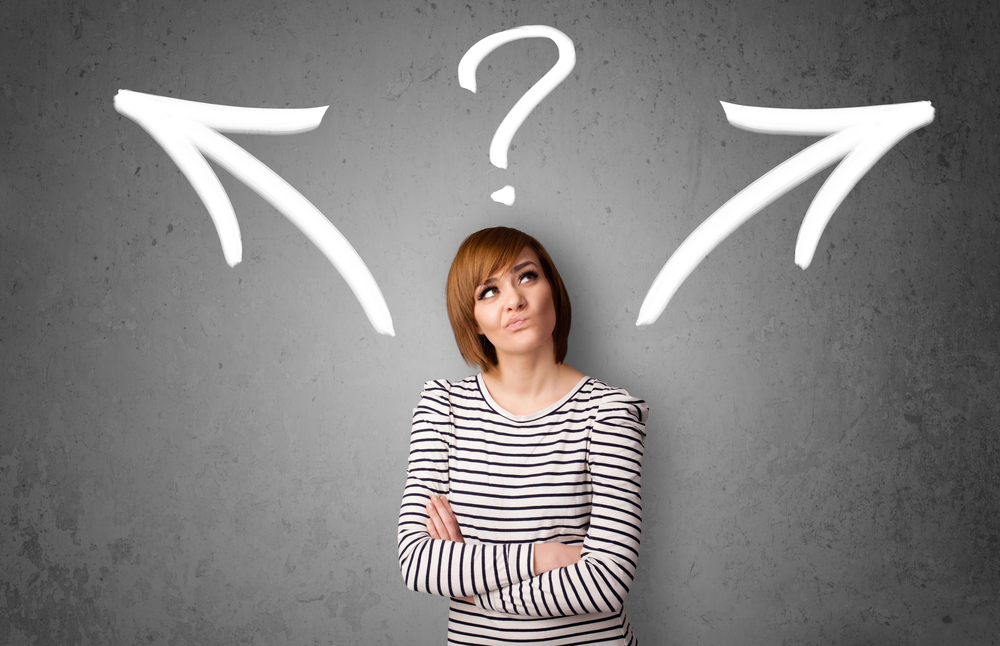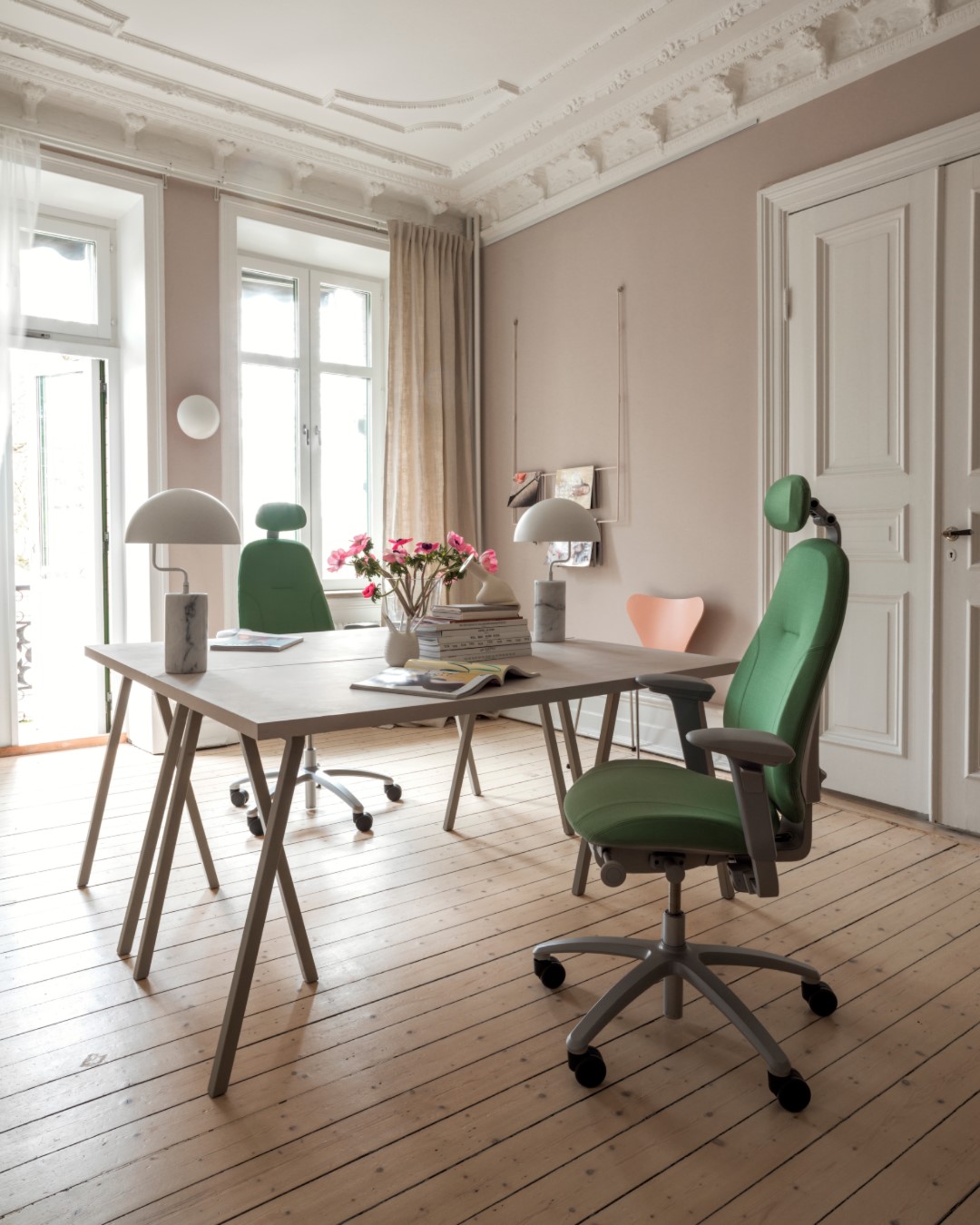
Ecolabels – What are they, how do they work, and what to avoid when looking for sustainable furniture
A short guide on understanding the role environmental labelling can play when choosing office furniture, and how to differentiate one from another
- Sustainability
- Advice & Guidance

Since their first introduction in the late 1970’s, environmental or “eco” labels have continually been evolving to keep up with increasing sustainability demands. A recent trend has seen an explosion in the number of ecolabeling programs around the world, with current figures showing over 264 active sustainability standards (as of 2024) across 15 different business sectors. The furniture industry alone has 35 dedicated ecolabel programs, with many other cross-industry certifications available alongside.
The benefit of environmental labelling is clear. They offer consumers a signal that the product they are buying is “good for the environment” (or more accurately, "less bad".) They provide a differentiator for manufacturers to stand out against other brands, and they help to raise the general awareness of the importance of environmental performance in all things, including the products we buy and use.
Whilst the aim of every certification program is to provide these guarantees, what each label actually certifies will differ. Key sustainability credentials for the furniture industry include the use (or rather lack) of chemicals, choice of materials, circular design, energy usage, emissions, and social responsibility. Different labels focus on different areas, and even those that focus on similar areas will regularly differ on strictness and key criteria.
With such variance, it is unsurprising that for many individuals and businesses, navigating the world of ecolabels can be time-consuming and confusing.
How can you tell which ecolabel can help you achieve your goals, and which ones can you trust?
The three types of ‘ecolabels’
In an attempt to standardise eco-label principles, practices, and characteristics, the ISO (International Organization for Standardization) has created three distinct eco-label categories. They are as follows:
Type I – The ‘classic’ ecolabel
- By design is consumer-friendly and easily understood
- Awarded by a third-party organisation
- Based on a standardised set of criteria, determined by independent experts, available to be evaluated by the public
- Certification is time limited, with the need for periodic recertification
- Facilitates the ability to contrast different products easily
Type II – Self-declaration claims
- Self-declared
- Specific focus on one area, e.g., recyclable
- Not necessarily independently verified
- If unverified, raises the question of validity
Type III – Environmental declarations (report cards/information labels)
- Can be third party certified, but not always
- Is not a certification on any specific product
- Provides the ability for independently researched conclusions on overall sustainability when compared to other products
As you can guess from the above information, Type I is generally considered the ‘gold standard’ of ecolabeling, due to its independent verification, comprehensive approach, and widespread use. By choosing Type I you are guaranteed a product that has passed certain strict environmental requirements, however you don’t get the quantitative information. Two products that are Type I ecolabeled can’t really be compared, you will not know which one is best, you will just know that both passed a certain threshold. Some examples of Type I ecolabels that can be found in the furniture industry include the EU Ecolabel and Möbelfakta.
Types II & III should not be discounted though, especially not the third-party verified (as for instance Type III EPD – Environmental Product Declaration), as they can display transparent and quantitative information on performance. Lack of third-party verification and specific as opposed to holistic measurement of environmental impact leaves the door open for greenwashing. Making a bold claim about one aspect of a product may leave an impression of positivity, whilst masking serious deficiencies in other areas. Therefore, you should always read closely as to what a company or product is claiming and carry out your own investigation. When executed properly these are usually good tools for indication though.

Differentiating Ecolabels
As mentioned above, the benefit of a Type I ecolabel is a widespread standardised approach, which allows you to effectively choose products that have passed certain strict requirements, although not able to rank them against each other. Only with transparent and quantified environmental impact – as you get with third-party verified Type III, you can compare between similar products.
When comparing, it is important to take some reservations regarding data used, tools used, and interpretation of assumptions. One must also understand the correct categorisation of products before comparing, as products within the same segment can have very different degrees of functionality and complexity that must be weighed against each other.
Avoiding Greenwashing
The growing demand for environmentally conscious furniture has induced a positive reaction from manufacturers to create more sustainable products. It is now easier than ever to source sustainable furniture to fit your organisation’s needs or personal wants, but it is important to keep your eye out for potential greenwashing.
Be wary of sweeping statements that are not backed up by any independent verification. If a product’s sustainability credentials are promoted through one single claim or a one-dimensional aspect (e.g. made from coffee beans, transported in banana leaf wrapping), it may be masking less environmentally friendly aspects of the production of the product. Always try and get the full picture.

Flokk design HÅG Tion has the following ecolabels: GREENGUARD Gold, as well as an independently verified EPD

Flokk design RH Mereo has the following eco labels: GREENGUARD Gold, AFRDI Green Tick , Möbelfakta as well as an independently verified EPD
Flokk & Ecolabels
The environmental certifications chosen by Flokk comprehensively cover important aspects of the design, manufacture, transportation, and end-of-life options for our furniture. Some of the certificates we hold apply to our company as a whole, ensuring high standards in all our production facilities, whilst others apply to individual products.
As of March 2024, Flokk has 239 GREENGUARD Gold certified products and 319 products with Möbelfakta certification. Flokk also adheres to several national certification programs such as Nordic Swan and Blue Angel, to cater to specific regional needs. As this number grows every year, in Flokk we are now working on redefining our Ecolabel portfolio to be more effective and fit our environmental long-term goals and the global market development, which includes a complete transfer to the EU Ecolabel certification program,
As well as these national and international certification schemes, Flokk has EPDs (Environmental Product Declarations) for more than 300 of our products (as of March 2024), independently and third-party verified documentation with comparable information on energy consumption, material usage, and carbon footprint.
Click here to read more about Environmental certification at Flokk
About Flokk
Flokk aspires to be an environmentally conscious market leader whose circular products, services, and processes are resource and energy-efficient, generate minimum greenhouse gas emissions, do not present a risk to health or the environment, and result in minimal waste generation. To find out more about our approach to sustainable design click here.
Alternatively, click here to read our main article on how to make sustainable choices when buying furniture.

This might also interest you
Efficiency and innovation at Flokk: the Turek transformation story
Discover how Flokk transformed its Turek site into an advanced, lean...
The growing importance of responsible supply chains
How Flokk integrates responsible supply chain practices, turning supply...
Flokk introduces two new sustainable chairs made from recycled snow plough markers
HÅG Tion and HÅG Celi join HÅG Capisco in our line up of chairs made using...